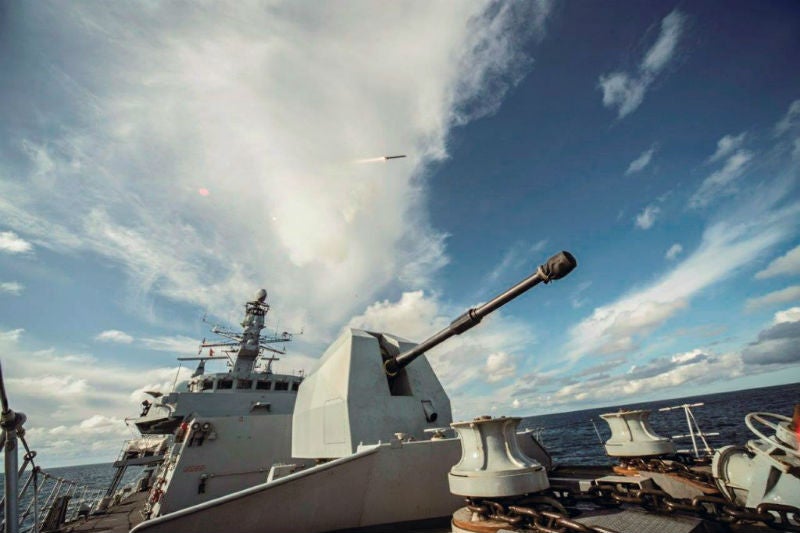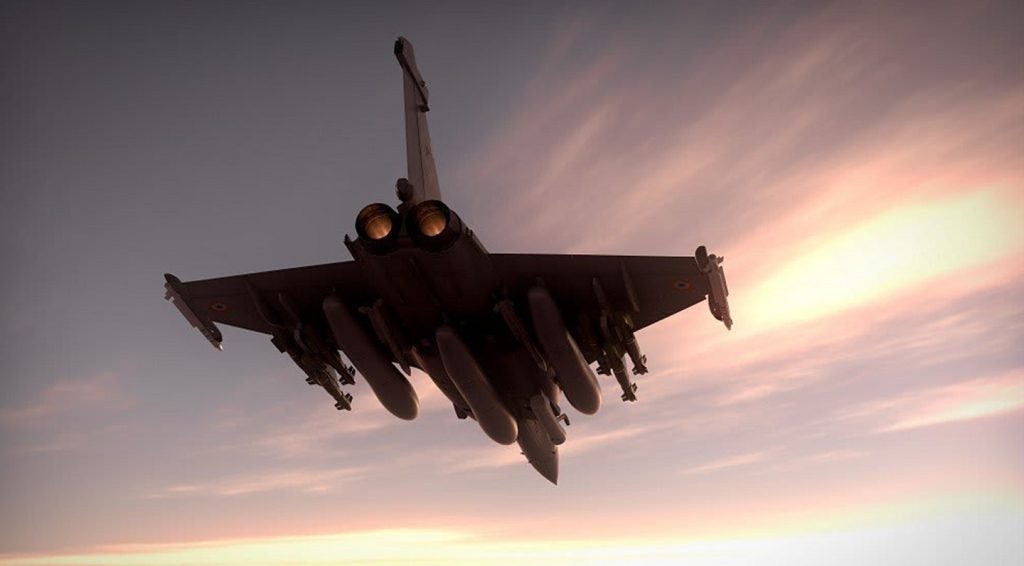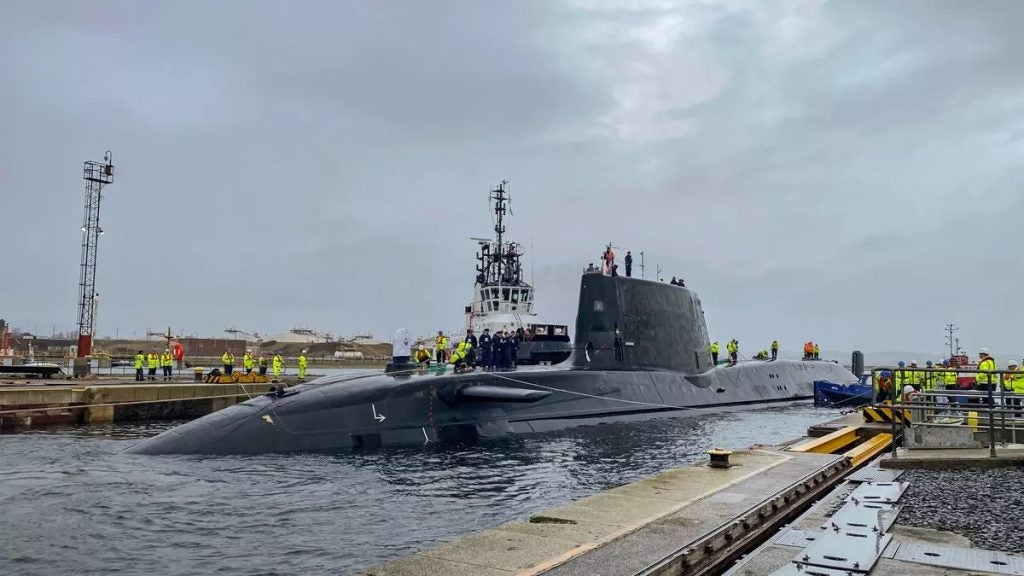
Among the usual headlines of project delays and cost overruns, the development and acquisition of the next-generation Common Anti-Air Modular Missile (CAMM) is one of the UK’s rare defence success stories. Its ongoing introduction onto Royal Navy Type 23 frigates as well as to British Army artillery units – where in both instances it will provide a step-change in local air defence coverage – appears to be going largely to schedule, and export successes have already been achieved.
These exports will help drive down costs in the future and fly the flag for British expertise in complex weapon systems. Compare this with other disastrous UK programmes that have all too often been delayed, suffered cost increases, and in extreme cases been cancelled leading to the UK purchasing foreign equipment – the UK’s long-running effort to establish its maritime patrol aircraft capability is just one example.
The UK Government has made significant efforts to ensure this does not happen with its complex missile systems.
Simplifying complex weapons
CAMM falls under the UK’s Complex Weapons Portfolio, an initiative that sees the UK work with its industry partner MBDA to retain a sovereign missile manufacturing capability including SAMs as well as air-to-air and air-to surface weapons such as Brimstone. An MBDA source told Global Defence Technology that this partnership has created financial benefits valued at £1.2bn over 10 years, which was a unique success story for British defence.
The development of CAMM can be traced back to the MoD’s Future Local Area Air Defence System (FLAADS) requirement in the 2000s, which eventually saw the British Army and Royal Navy coalesce towards one common missile.
Fast forward to 2018 and the Royal Navy’s Sea Ceptor has now officially entered service to replace the service’s Cold War-era Sea Wolf missile, while the British Army continues firing trials of its terra firma alternative Land Ceptor to supercede the ageing Rapier. The Ceptor family uses a common quad pack canister – compatible with naval Mk41 vertical launch systems (VLS) – which houses the supersonic and highly-lethal CAMM.
How well do you really know your competitors?
Access the most comprehensive Company Profiles on the market, powered by GlobalData. Save hours of research. Gain competitive edge.

Thank you!
Your download email will arrive shortly
Not ready to buy yet? Download a free sample
We are confident about the unique quality of our Company Profiles. However, we want you to make the most beneficial decision for your business, so we offer a free sample that you can download by submitting the below form
By GlobalDataThe 100kg missile features a complex radiofrequency homing system with a high-lethality warhead and is highly agile, meaning that it is virtually impossible for targets to out-manoeuvre it. Up to eight targets can be destroyed at once, which is seen as vital in case of so-called swarming attacks from drones.
For the British Army, Land Ceptor will form part of the wider Sky Sabre air defence system to be operated by 16th Regiment, Royal Artillery. Land Ceptor includes a launcher vehicle (a HX77 Heavy Utility Truck), and two fire unit support vehicles, while the addition of the Saab Giraffe radar and a command and control system from Israeli company Rafael completes the Sky Sabre suite.
Land Ceptor has gone through several design modifications, with the final configuration revealed in September 2017. This includes a palletised loading module, which means personnel can rapidly reload a canister, and if needed the entire system can be unloaded from the truck and used in fixed locations.
The system continues to go through testing in preparation for its entry in British Army service in the early 2020s, where it will be used in locations such as the Falkland Islands.
Success on the export market
As part of its continued export drive, MBDA is pushing CAMM to meet several nations’ air defence modernisation requirements. The source told us that a prime target for the export version of Land Ceptor – known as Enhanced Modular Air Defence Solutions (EMADS) – is Poland, which has stated its intention to purchase a short-range air defence system to complement its recent acquisition of the Raytheon-manufactured Patriot system.
Under the Narew programme, Poland wants a system that will provide a lower-tier air defence bubble in case the Patriot system fails to stop a threat at the mid-tier. In 2017, MBDA signed an agreement with the state-run defence conglomerate Polska Grupa Zbrojeniowa (PGZ) on Narew, which “stipulates that MBDA will carry out a significant and mutually agreed transfer of technology to companies within the PGZ Group”.
MBDA is not without some stiff competition, including from Raytheon, which is teaming up with Kongsberg to offer the National Advanced Surface to Air Missile System (NASAMS), as well as other systems from European, Israeli and possibly even Turkish manufacturers. Speaking earlier in 2018, MBDA’s CEO Antoine Bouvier told reporters that Spain is another target customer. The country is interested in CAMM for its new F110 frigates but that could spin off into an acquisition of the land-based missile, along with increased Spanish industrial cooperation.
The Royal New Zealand Navy and the Chilean Navy are already confirmed export customers for Sea Ceptor with deliveries “on track” according to MBDA, and Canada and Australia will be favourites to adopt the missiles after both countries announced in 2018 that they will acquire the BAE Systems-designed Type 26e frigate.
The Royal Navy’s Type 26 vessels will be equipped with the Sea Ceptor missile, which will be fired from three 8-cell bow launchers supplied by Lockheed Martin.
Reaching further: the future of CAMM
As part of CAMM enhancements, Italy will operate a variant of the missile, known as CAMM Extended Range (ER), which includes a larger missile that can reach out to over 45km. This is being adopted by Italy as a replacement for its SPADA/ASPIDE ground-based air defence system that will go out of service in the early 2020s.
Italy has earmarked at least €95m towards the qualification of the new missile, as well as the new launch platform and integration into Italy’s existing air defence infrastructure.
According to Italian MoD documentation, CAMM was chosen owing to its “soft launch” function, which means the missile ignites a distance above the launcher, as well as the radio frequency seeker that allows the missile to be used in any weather conditions.
With fielding ongoing for the British Army and Royal Navy, as well as first deliveries being imminent for export customers, there is a significant amount of momentum building for the UK’s newest missile system. And as several other militaries look to replace their ageing air defence systems, CAMM is likely to pick up even more export customers in the near future and could be a shining beacon for British defence success for years to come.







